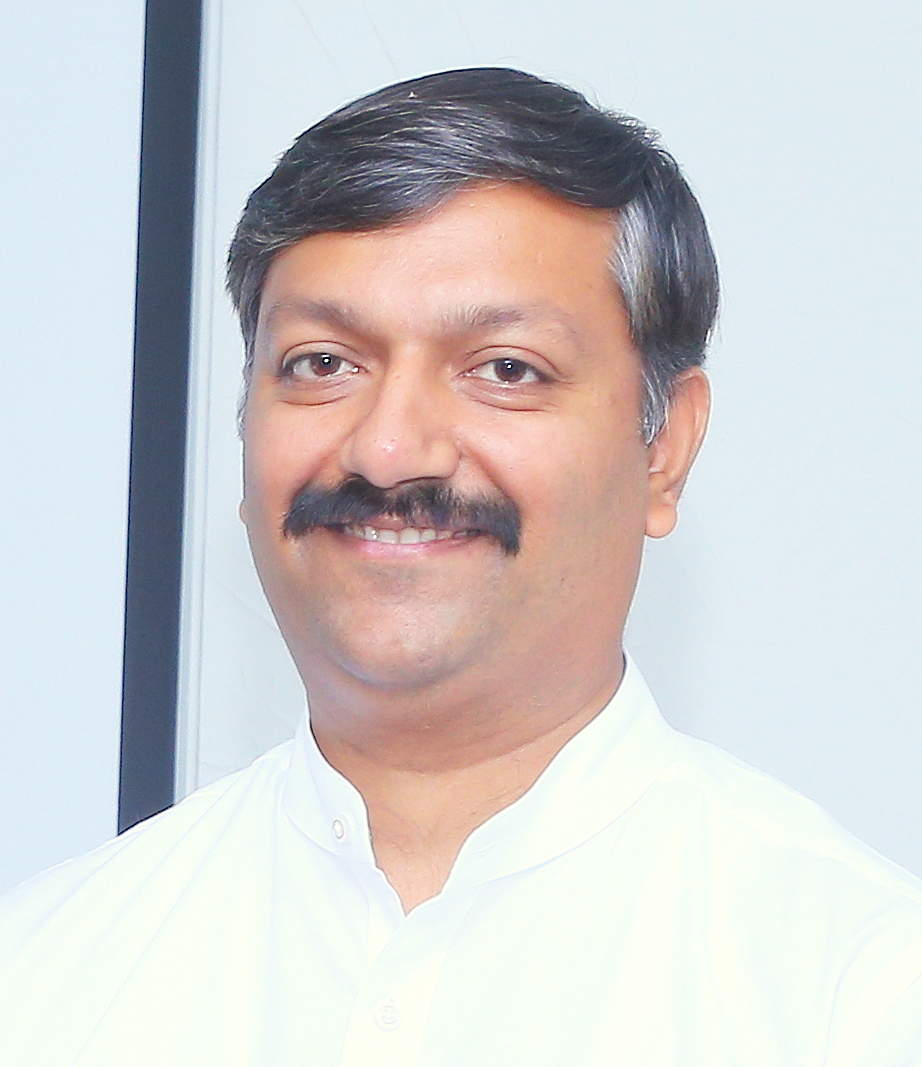Why the Sharavathi Project could become India’s model for green storage

In the hills of Shivamogga, where mist drifts over the old Sharavathi river basin, a new debate is taking shape. One that goes far beyond local boundaries. At the heart of it lies the Sharavathi Pumped Storage Project (PSP), a 2,000-megawatt hydro-based energy storage facility that, if seen through to completion, could redefine how India manages its renewable power.
But in Karnataka’s increasingly polarised public sphere, even a project that reuses existing dams and promises zero large-scale displacement has become a lightning rod for criticism. Environmental groups have raised questions about forest diversion and wildlife impact, while opposition voices have painted it as another instance of government overreach.
For Energy Minister KJ George, the challenge isn’t only to build a complex engineering marvel, it’s to ensure the state’s clean-energy story isn’t drowned out by half-truths.
“It’s easy to oppose projects from a distance,” George said in a recent interaction. “But when the lights go off, it is these projects that keep homes and hospitals running on clean energy instead of coal.”
The Storage Gap India Can’t Ignore
Karnataka today stands as India’s renewable energy powerhouse, with over 16 gigawatts of solar and wind capacity feeding into the grid. The figure has more than tripled since 2016, placing the state ahead of Gujarat and Tamil Nadu in solar generation.
But the problem, engineers say, isn’t in generation it’s in storage. Renewable energy, by nature, is intermittent. Solar output peaks at noon when demand is low, while consumption peaks in the evening when the sun is down. The mismatch means that hundreds of megawatts of clean power go unused every day, while thermal plants fire up to meet the evening surge.
The Sharavathi PSP is designed to solve precisely that problem. Using the existing Sharavathi Linganamakki hydro system, the project will store surplus solar power by day and release it at night, stabilising Karnataka’s grid and allowing the state to rely less on coal. It’s an old idea made new by necessity, using water to store energy, much like a giant rechargeable battery.
A Project Misunderstood
Critics have called the project “another dam in the Western Ghats.” The facts, however, tell a different story. There is no new dam being constructed, only underground tunnels and a powerhouse integrated into the decades-old reservoir system. No village will be submerged.
Independent engineers describe it as one of India’s few resource-smart infrastructure projects built not by expanding into new ecosystems, but by repurposing existing
hydrological assets. As one senior official in the energy department put it, “The real environmental tragedy is when renewable energy goes to waste and coal fills the gap. That’s what Sharavathi is designed to prevent.”
Climate Responsibility Meets Economic Sense
Every unit of electricity produced by Sharavathi PSP will replace fossil-fuel-based energy, helping India cut emissions and move closer to its Net Zero 2070 commitment. The project’s storage design will enable Karnataka to absorb more renewable power into the grid. An essential step if India is to reach its 500 GW non-fossil energy goal by 2030.
Economically, it makes as much sense as it does environmentally. At an estimated Rs 5.12 crore per MW, Sharavathi’s cost is among the lowest in the world for energy storage infrastructure. Once operational, it will save the exchequer millions by reducing coal imports and energy purchase costs.
The project will also generate 5,000 direct and indirect jobs during construction, while its long-term operational phase will create a new ecosystem of technical expertise in the state.
For a state whose energy demand is projected to rise sharply with industrial growth, Sharavathi isn’t an extravagance, it’s a stability insurance policy.
Leadership in Transition
Indeed, much of the pushback against the project, analysts say, comes not from data but from the politics of perception. With environmental activism in Karnataka often intertwined with party lines, even scientifically vetted projects risk being swept into ideological crossfire.
That is precisely why George has framed Sharavathi as a national, not parochial, priority, part of a larger energy vision monitored by the Prime Minister’s Office, consistent with India’s broader renewable strategy.
The Bigger Picture
Beyond the noise, Sharavathi is a glimpse of what India’s energy future must look like – clean, continuous, and climate-aligned. It shows how storage, not generation, is the next frontier of sustainable power.
Opposition to such projects is natural, even necessary. Scrutiny ensures accountability. But when criticism ignores the scientific and operational facts, it risks pushing policy back into paralysis.
For Karnataka – the state that once built Asia’s first major hydro station on this very river, the Sharavathi PSP is less about repeating history and more about upgrading it for the renewable age.
If the project stays on course, Karnataka may soon have the last word in how that balance can be achieved.
Disclaimer
Views expressed above are the author’s own.
END OF ARTICLE





